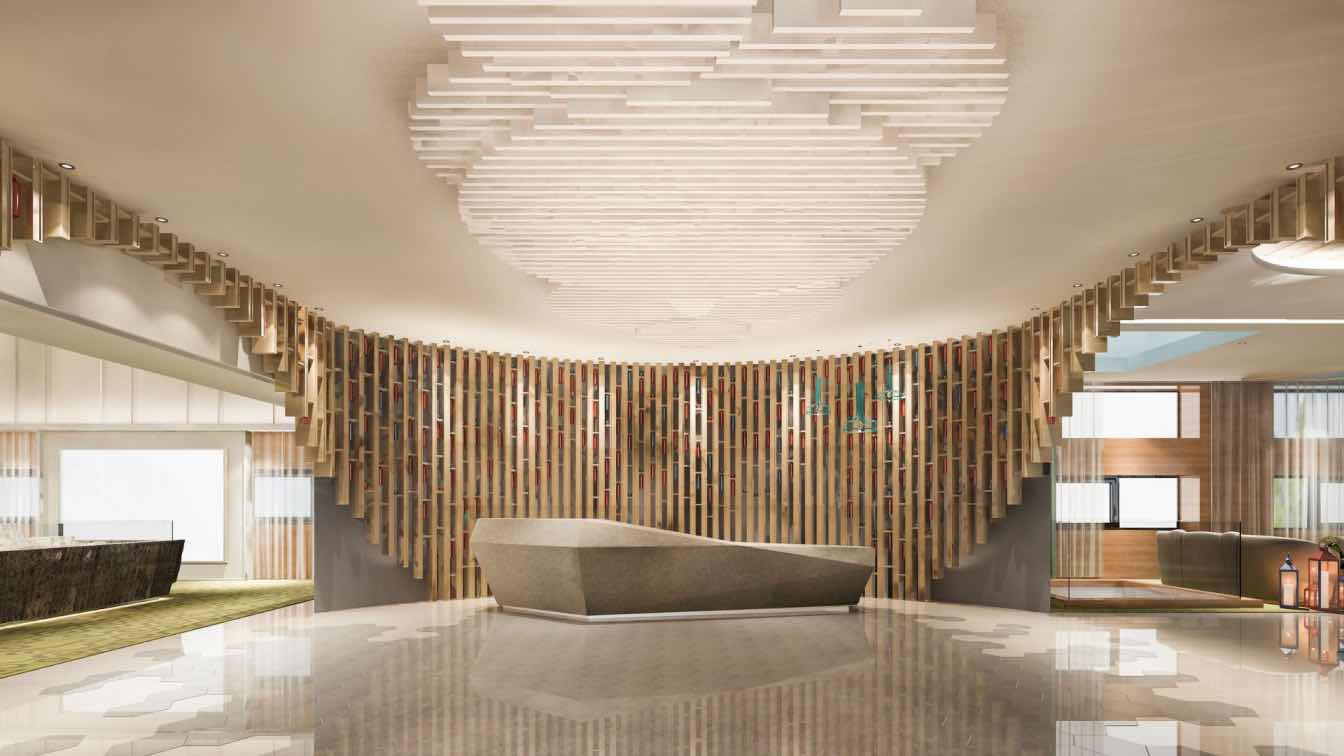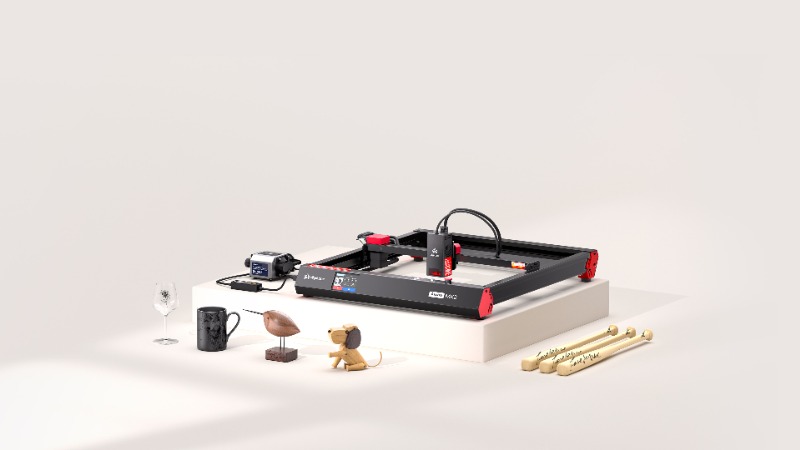In the hospitality industry, designing spaces that cater to both relaxation and entertainment is key to enhancing guest experiences. Modern hotels are increasingly integrating play zones—areas where guests of all ages can unwind, have fun, and engage in various activities. Creating an architectural balance between luxurious comfort and playful energy is a growing trend in hotel design.
Here are some ideas on how to approach the architecture of hotels and play zones to create a dynamic and inviting environment.
1. Blending Luxury with Playful Elements
Hotels are traditionally associated with luxury and relaxation, but adding playful elements can enhance a guest's stay, especially for families and younger visitors. One way to achieve this is by incorporating themed play zones. For example, a nautical-themed area in a beachside resort can feature pirate ships, sand pits, and water play stations, blending seamlessly with the hotel’s design aesthetic. The key is to ensure that the play zones are not just functional but also visually cohesive with the overall architecture of the hotel.
2. Incorporating Nature and Outdoor Play Spaces
Integrating nature into play zone design is a growing trend. Outdoor play areas that utilize natural materials like wood, stone, and greenery can create a more organic and calming environment. Designing spaces that blend with the surrounding landscape, such as treehouses, rope bridges, and rock climbing walls, not only provide entertainment but also encourage exploration and a connection with nature.
For urban hotels, rooftop play zones offer a unique way to make use of available space while providing guests with a breathtaking view. These areas can feature outdoor games, lounges, and small gardens, allowing guests to relax and play in the same space.
3. Flexible and Multi-Use Spaces
In hotel design, maximizing space is crucial, especially in urban environments where space may be limited. Creating multi-use areas that serve both as relaxation lounges and play zones can be a smart architectural solution. For example, a modern hotel lobby can have modular furniture that can be rearranged to create space for events, games, or family-friendly activities. These spaces can seamlessly transition between different functions depending on the time of day or the guests’ needs.
Designing flexible rooms and areas ensures that the space remains functional, adaptable, and cost-efficient while still being a hub of entertainment and relaxation.
4. Technology-Enhanced Play Zones
The integration of technology in play zones can elevate the guest experience to new levels. For instance, interactive walls, virtual reality (VR) stations, and augmented reality (AR) games can make hotel play zones more engaging for both children and adults. Hotels can create immersive experiences by offering digital playgrounds that mix physical activities with tech-driven games, such as smart climbing walls that track scores or motion-activated gaming floors.
Incorporating smart technology also allows for easier management of these spaces, providing the ability to change themes, games, and activities depending on the guests or seasons.
5. Safety and Accessibility in Design
One of the most important considerations in designing hotel play zones is safety. Architects must prioritize safety regulations without sacrificing creativity or aesthetic appeal. Rounded corners, non-toxic materials, and well-lit spaces are essential features in any play zone. Additionally, ensuring that play areas are accessible for all guests, including those with disabilities, can enhance the inclusive nature of the hotel and improve the guest experience.
Incorporating safety elements into the architecture without making them too obvious helps in maintaining the inviting look and feel of the play zones.
6. Creating Age-Specific Zones
Different age groups have different needs when it comes to entertainment. Designing separate play zones for toddlers, older children, and adults can ensure that everyone has a suitable space to enjoy. For example, a soft-play area with padded surfaces and simple toys may be perfect for toddlers, while a more sophisticated game room with table tennis, arcade games, and pool tables may cater to older children and adults.
Designing these zones within proximity of each other allows families to stay close together, with each member having their own space for fun and relaxation.
7. Themed Experiences for Immersive Stays
One way to set a hotel apart from its competitors is to offer immersive, themed play zones that tell a story. Imagine a hotel play zone designed around a jungle adventure, complete with treehouses, swinging ropes, and animal sculptures. Themed experiences encourage creative play and make a lasting impression on guests, particularly families. This attention to detail can also be carried into the hotel's rooms and public areas, creating a cohesive and memorable experience.
Conclusion
The architectural design of hotels and play zones is evolving to meet the demands of modern travelers. By incorporating luxury, nature, technology, and flexibility into both the hotel and play zone architecture, hotels can create spaces that cater to guests of all ages. Whether it’s a relaxing retreat or a family adventure, the integration of playful elements alongside luxurious design ensures that guests have a memorable and enjoyable stay.





